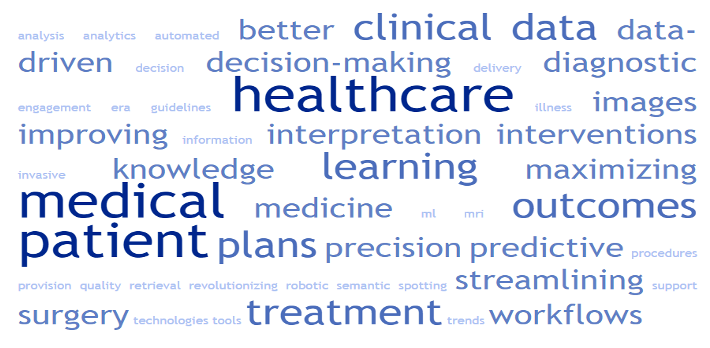


Journal of Pharmaceutical Research
Year: 2024, Volume: 23, Issue: 1, Pages: 23-33
Systematic Review
Yogesh S Ahire1,*, Jayesh H Patil2, Harshita N Chordiya2, Rashmi A Deore2, Vinod A Bairagi3
1Associate Professor, Department of Pharmacology, KBHSS Trust’s Institute of Pharmacy, Malegaon, Nashik, Maharashtra, India
2Research Scholar, Department of Pharmacology, KBHSS Trust’s Institute of Pharmacy, Malegaon, Nashik, Maharashtra, India
3Professor, Department of Pharmacology, KBHSS Trust’s Institute of Pharmacy, Malegaon, Nashik, Maharashtra, India
*Corresponding author email: [email protected]
The primary goal of pharmacovigilance, the cornerstone of public health, is to track and evaluate adverse drug reactions in order to guarantee patient safety. Conventional approaches suffer from biases in human error, inefficiency, and scalability problems. A new era in pharmacovigilance is being ushered in by the introduction of artificial intelligence (AI), which holds the promise of vast data analysis, automated procedures, and enhanced safety signal detection. Artificial intelligence technologies improve adverse event detection and signal identification by providing unparalleled speed, accuracy, and scalability. They are adept at applying sophisticated algorithms, machine learning models, and natural language processing to glean insights from unstructured data sources like clinical notes, patient narratives, and regulatory reports. This capacity makes it possible to implement risk management plans that are more thorough and proactive. However, using artificial intelligence in pharmacovigilance necessitates large expenditures for processing power, infrastructure, and regulatory compliance. For artificial intelligence-driven systems to be accurate, dependable, and applicable, ongoing validation, monitoring, and improvement efforts are essential. The ethical and legal implications of patient privacy, data security, and regulatory compliance underscore the necessity of cautious artificial intelligence deployment in order to maintain public trust and protect patient rights. Regulatory agencies, healthcare professionals, and artificial intelligence developers must work together efficiently to implement explainable artificial intelligence frameworks, adaptive surveillance techniques, and improved signal validation processes in order to fully realize the potential of artificial intelligence in pharmacovigilance. This will usher in a new era of proactive risk assessment and improved public health outcomes.
Keywords
Pharmacovigilance, Artificial Intelligence, Signal Detection, Regulatory Affairs, Patient Safety, Public Health
© 2024 Published by Krupanidhi College of Pharmacy. This is an open-access article under the CC BY-NC-ND license (https://creativecommons.org/licenses/by-nc-nd/4.0/)
Subscribe now for latest articles and news.